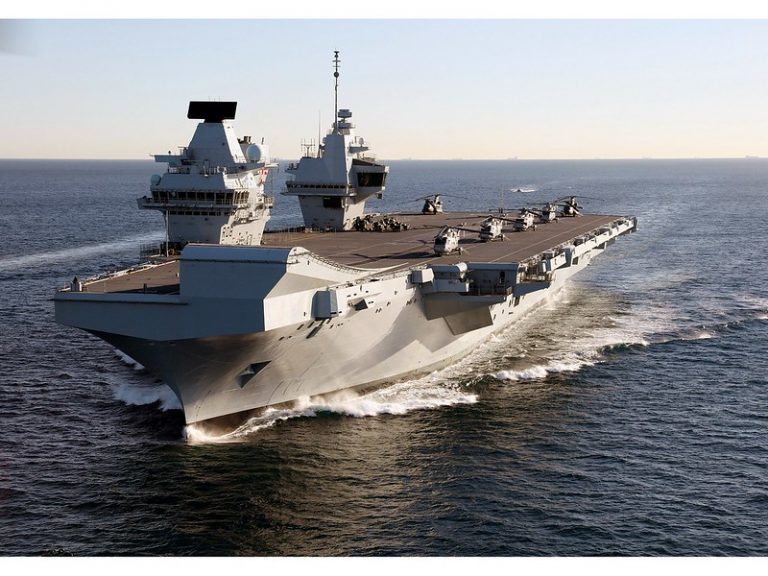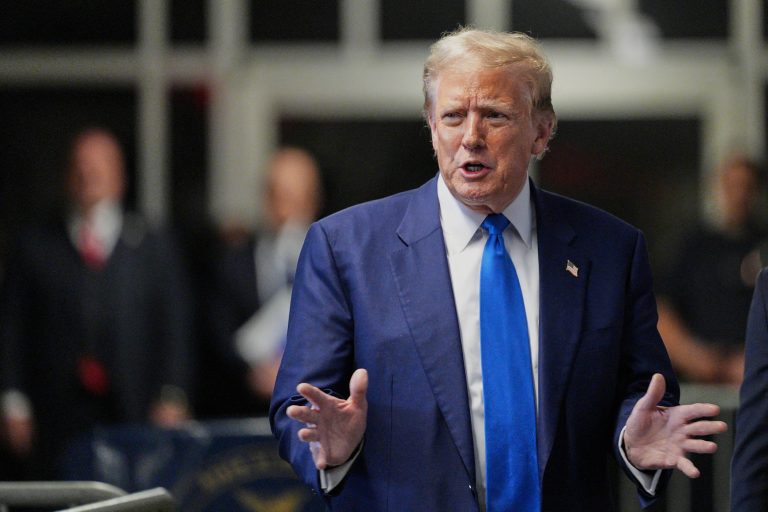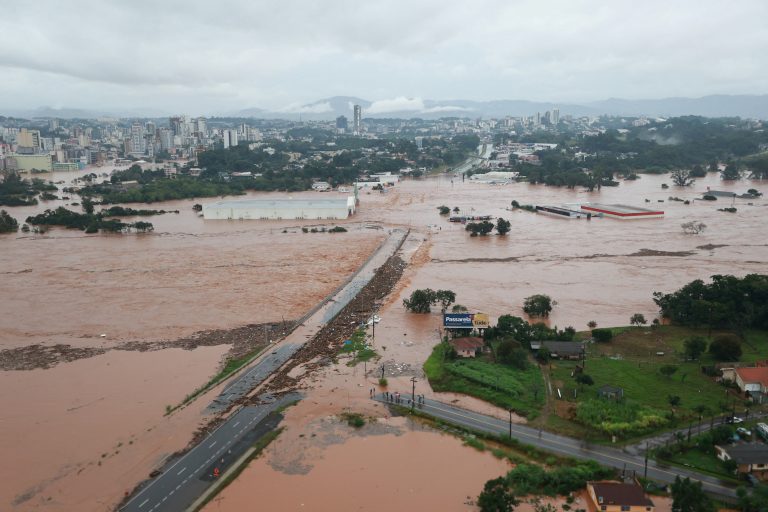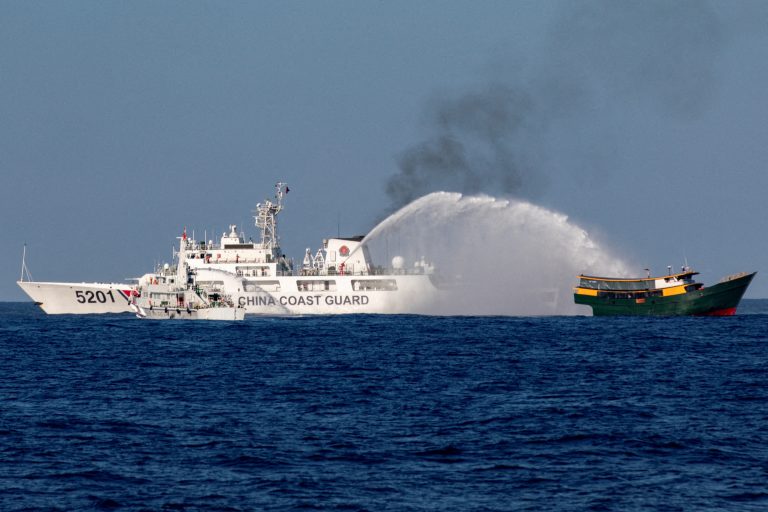HMS Queen Elizabeth, billed to be the most powerful aircraft carrier in the UK, will be setting sail for Asia next month in what will be a British display of military might, directly challenging Beijing’s ambitions in the region. The vessel will have eight jets on board and will be accompanied by six Royal Navy ships, 14 navy helicopters, and a submarine armed with Tomahawk cruise missiles. A company of Royal Marine Commandos will also be present aboard the carrier.
The deployment will last for a period of six months, during which the fleet will visit 40 nations, including key western allies such as India, South Korea, Japan, and Singapore. The fleet will participate in 70 engagements as well as a joint exercise with Malaysia, New Zealand, Australia, and Singapore as part of the 50th anniversary of the Five Power Defense Arrangements. Defense Secretary Ben Wallace said that the fleet’s mission is to show that Britain will be playing an active role in shaping the “international system.”
“When our Carrier Strike Group sets sail next month, it will be flying the flag for Global Britain – projecting our influence, signaling our power, engaging with our friends, and reaffirming our commitment to addressing the security challenges of today and tomorrow,” said Wallace. “The entire nation can be proud of the dedicated men and women who for more than six months will demonstrate to the world that the UK is not stepping back but sailing forth to play an active role in shaping the international system of the 21st century.”
Last month, Prime Minister Boris Johnson said that the Indo-Pacific region will become a key part of Britain’s foreign policy and trade focus as it reconsiders its place in the international community following Brexit. The Ministry of Defense indicated that the carrier strike group will aim to achieve the goals set out in the Integrated Review published in March by the government. The review stated that the UK will focus on investments that boost its China-facing capabilities.
The HMS Elizabeth weighs more than 65,000 tons, can carry up to 72 aircraft, and can hit a maximum speed of 25 knots. Its flight deck is 280m long and 70m wide. The ship will house a crew of around 700, a number that will jump to 1,600 when all jets are embarked.
The Taiwan issue
Success
You are now signed up for our newsletter
Success
Check your email to complete sign up
HMS Queen Elizabeth is scheduled to sail through the South China Sea but not the Taiwan Strait. Some lawmakers in Britain are troubled by this plan, given that the voyage is said to focus on freedom of navigation. Former Conservative leader Sir Ian Duncan Smith asked the government to “rethink this journey.” Accepting that he is pleased with the deployment of the aircraft carrier in the South China Sea, Smith said that the fleet needs to sail through the Taiwan Strait to let Beijing know that its aggressive actions against its neighbors will not be tolerated.
However, others are against the idea. Former First Sea Lord Admiral Lord West said that going through the South China Sea is enough to make a strong statement. After leaving Portsmouth, HMS Queen Elizabeth will visit Gibraltar, pass through Suez Canal, visit Al Duqm port in Oman, sail to the Indian Ocean, stop at Singapore, and finally engage in exercises with Japanese and American forces.
The People’s Republic of China (PRC) recently held military exercises near Taiwan — which is formally known as the Republic of China (ROC) — and sent several jets to breach the self-governed island’s airspace. Beijing is troubled by the growing military ties between Taiwan and the United States and accuses America of creating tensions in the region. The ROC minister in charge of the coast guard recently warned Beijing that they will shoot down Chinese drones if they venture too close to the island’s territory. Taiwan’s Foreign Minister Joseph Wu said that Washington is concerned about the risk of conflict.
“From my limited understanding of American decision-makers watching developments in this region, they clearly see the danger of the possibility of China launching an attack against Taiwan,” Wu said in early April. “We are willing to defend ourselves without any questions and we will fight the war if we need to fight the war. And if we need to defend ourselves to the very last day we will defend ourselves to the very last day.”
Military cooperation
China’s aggressive attitude in the South China and East Asia seas is making countries around the world cooperate militarily to counter possible threats from the communist nation. The Quad, which refers to the United States, Australia, India, and Japan, met in March to discuss various security issues, including confronting China and maintaining a rules-based order in the East and South China Sea.
Japanese forces are planning to conduct emergency exercises near the Senkaku Islands that China has laid claim to. The exercises will be conducted from September to November and will be the largest such activity in the history of the Japan Self-Defense Force. Several NATO nations are boosting military presence in the Indo-Pacific region. In March, Canadian vessel HMCS Calgary passed through the South China Sea. A month earlier, two French ships went past the region, including a nuclear attack submarine. A German frigate is scheduled to sail to Asia in August, passing close by Chinese territory.
On March 15, NATO Secretary-General Jens Stoltenberg referred to the Chinese regime as a global challenge: “China is [an] authoritarian country that doesn’t share our values. They will soon have the biggest economy in the world. They already have the second largest defense budget. They’re investing heavily in new modern military capabilities. And I strongly believe that NATO should remain a regional alliance, North America and Europe.” Stoltenberg said to the European Parliament’s Committee on Foreign Affairs.















